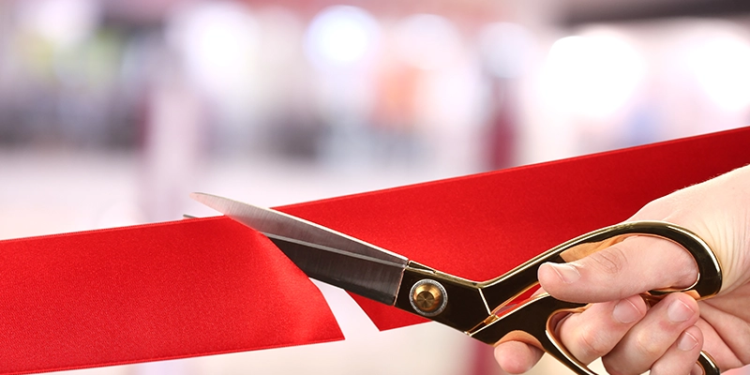Researchers have conducted a systematic literature review in an attempt to determine transtibial prosthetic socket fit criteria and the most important characteristic for a successful fitting, as well as to find an indication of whether a particular prosthetic socket type might be best in a given situation. The findings of the review suggest that the fit of the prosthesis is the primary concern among users of transtibial prostheses and that gait symmetry is influenced by prosthetic socket design, in particular by socket suspension. Generally, total surface bearing (TSB) sockets with elastomeric liners showed reduced pistoning and thus improved suspension according to the review. However, the researchers found that the analyzed studies had “low to moderate methodological rigor.”
The review was published in two parts in Volume 52 Number 5, 2015, of the open access Journal of Rehabilitation Research & Development (JRRD). Part 1 includes the results related to qualitative outcomes (e.g., assessments of quality of life, activities of daily living, and/or overall satisfaction); Part 2 includes details about nine quantitative outcome measures (e.g., gait analysis, residual limb and socket movement, and interface pressure measurement).
Four main groups of transtibial prosthetic socket designs were included in the studies: TSB, patellar-tendon-bearing (PTB), hydrostatic (HS), and vacuum-assisted suction (VAS) sockets. Most studies were conducted on PTB and TSB sockets. From the search results, 35 articles were included for full review; 19 of the articles related to qualitative outcomes only. A total of 790 adults with amputations, with an average age of 50.7 years, participated in the included studies related to the qualitative results. For the quantitative results, 302 adult participants with amputation and an average age of 42.64 years were included.
The qualitative results indicated that TSB sockets led to greater activity levels and satisfaction in active people with amputations, those with a traumatic amputation, and younger people with amputation when compared to PTB sockets. Based on the few studies available for VAS sockets, the results seem to indicate that they improve gait symmetry, control residual limb volume fluctuations, and seem to affect residual limb health positively compared with other socket designs, and may encourage wound healing.
The review’s authors noted that evidence about VAS and HS sockets is inadequate, and further studies are needed. They also suggested that to improve the basis for prescription of a transtibial socket, “comparison of and correlation between mechanical properties of interface material, socket designs, user characteristics, and outcome measures should be conducted and reported in future studies.” The authors further pointed out that an issue in prosthetic studies is the inconsistency in socket manufacturing and fitting, which makes comparisons between socket designs challenging. These issues, as well as the small sample sizes led the researchers to classify the analyzed studies as having low to moderate methodological rigor.
The authors proposed that, aside from increased rigor, future studies are needed to understand the effect of socket fit alteration on biomechanical or patient-reported outcome measures, and the effect of suspension systems on relative soft tissue displacement and tibia motion in relation to the prosthetic socket.




